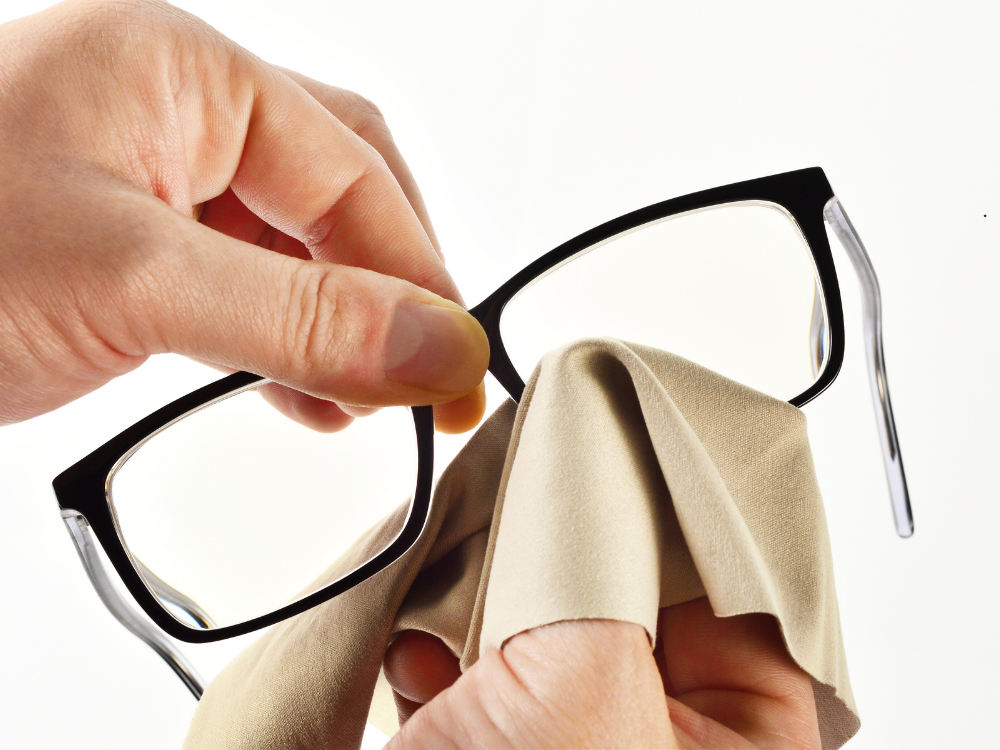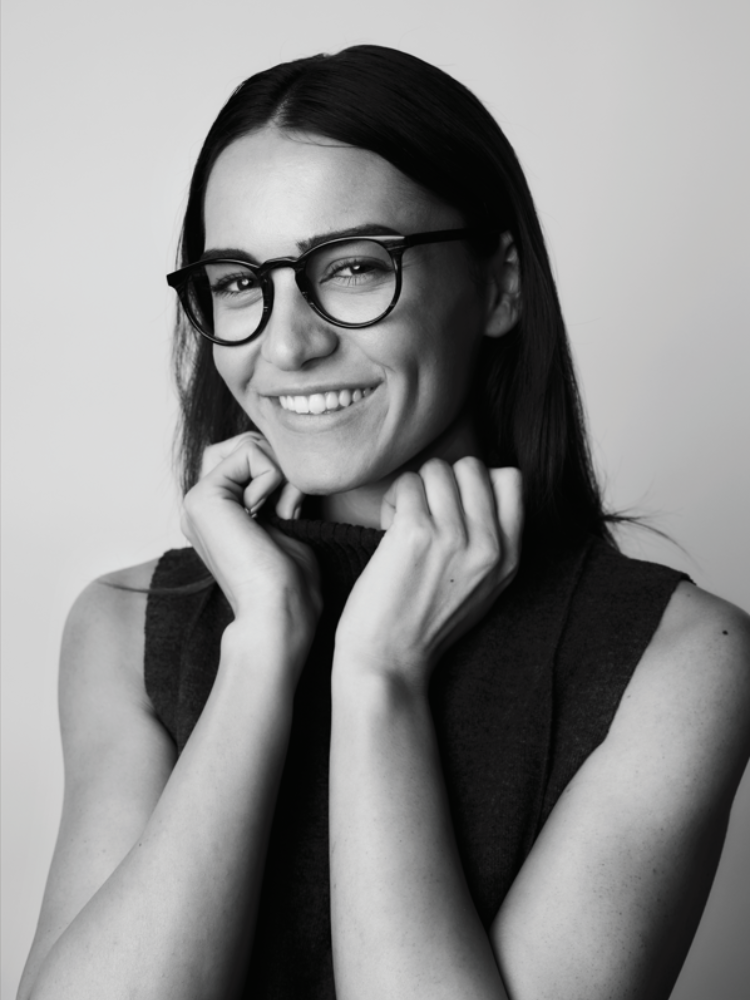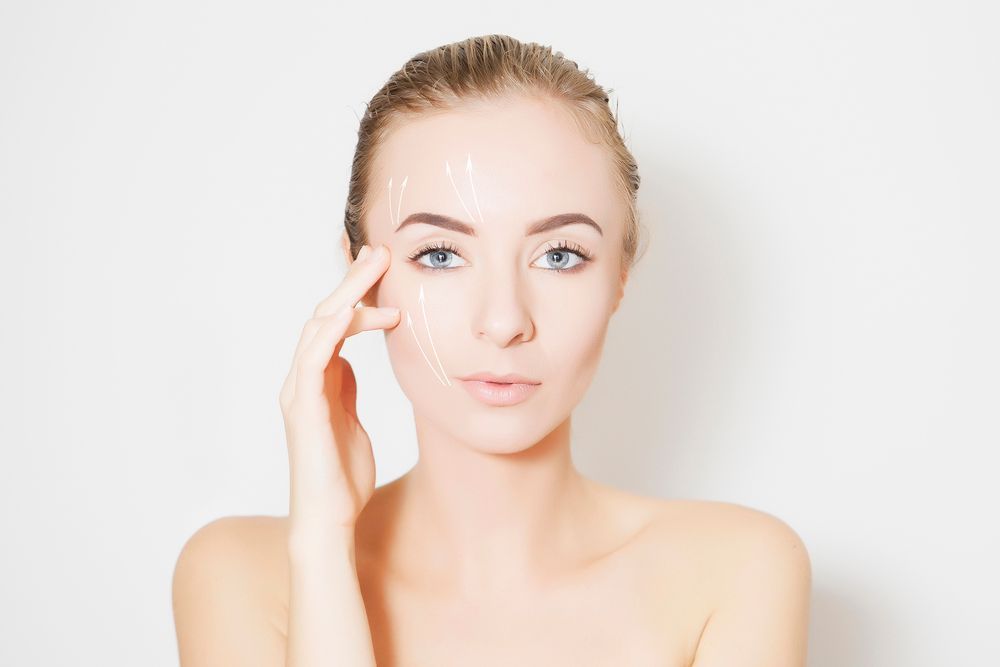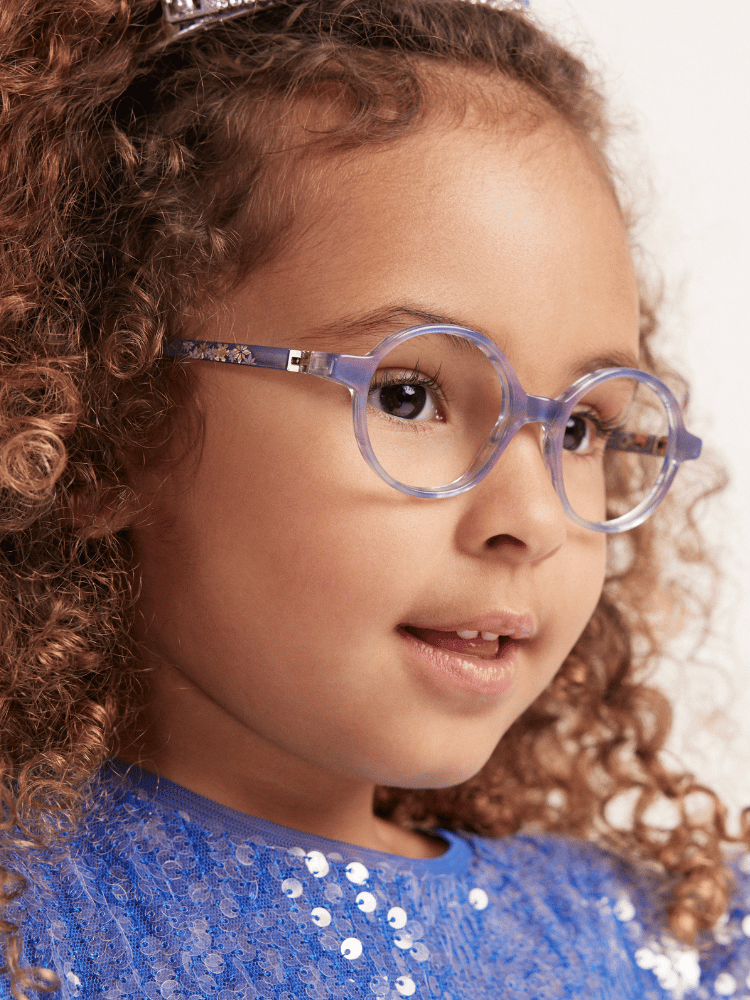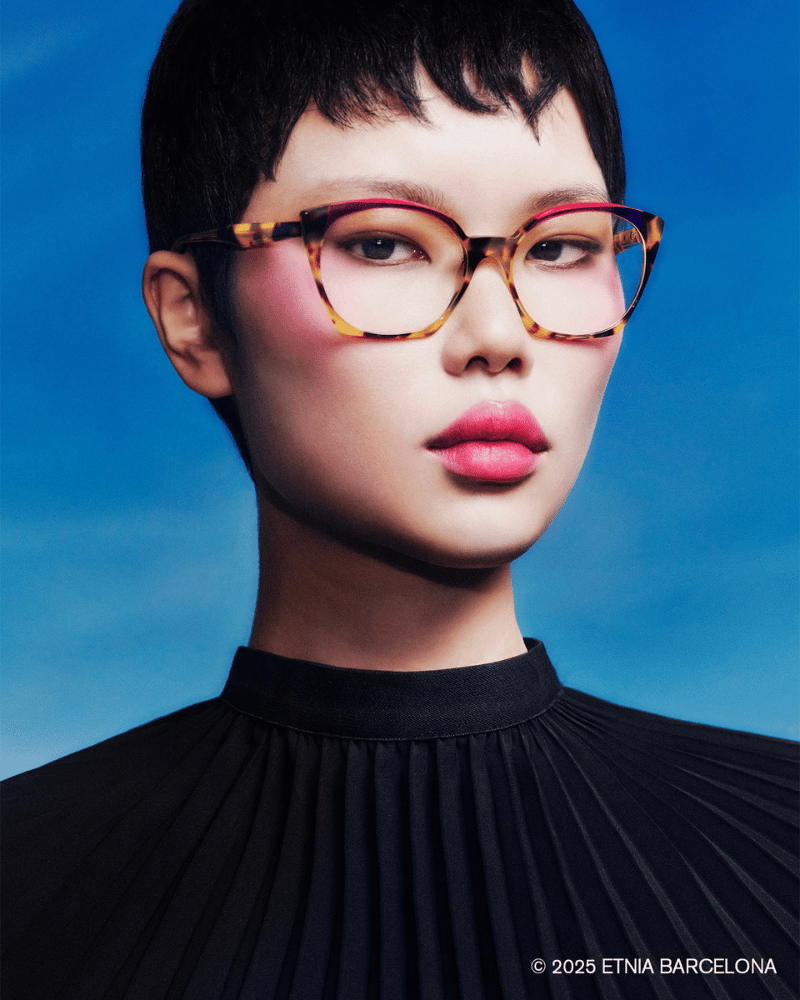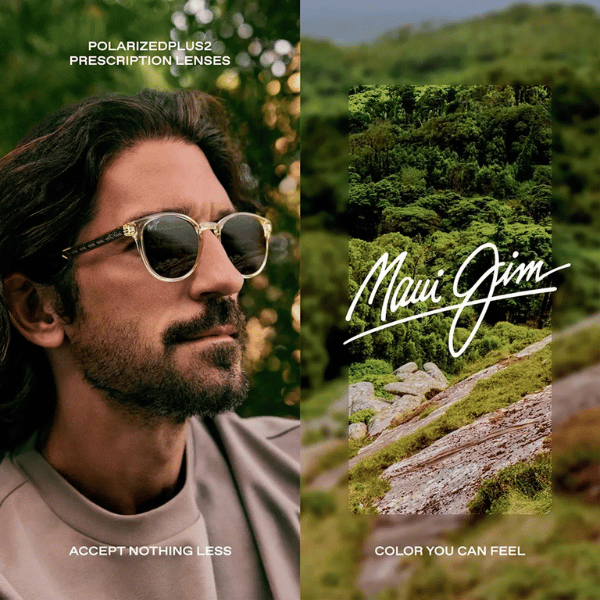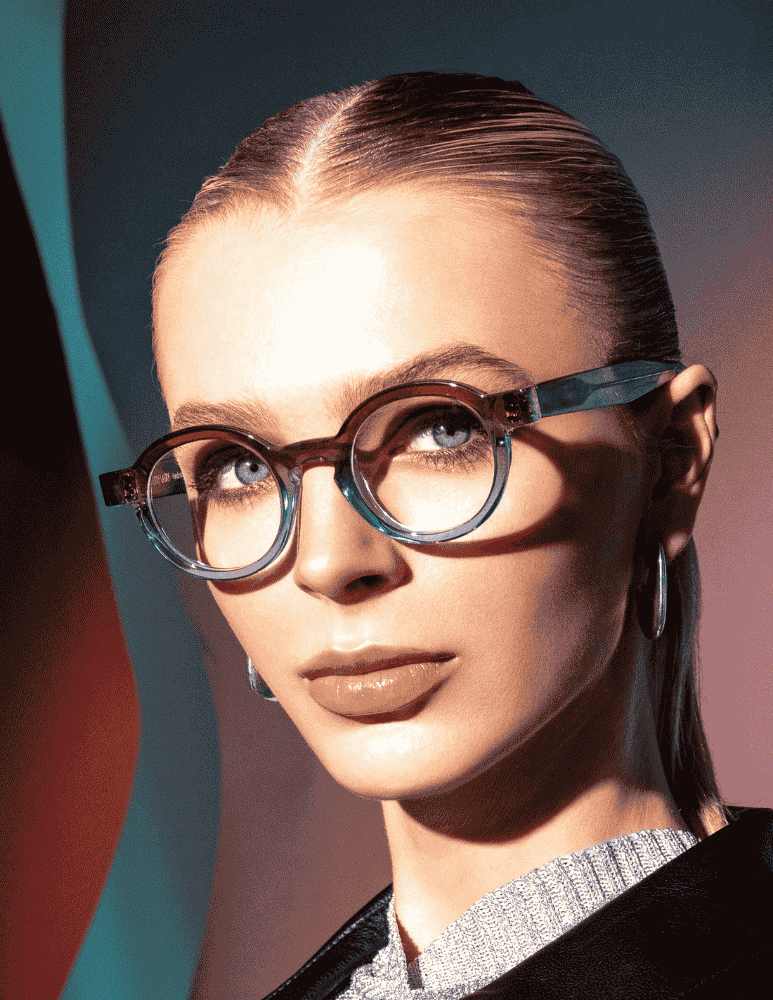VISUALLY IMPAIRED ATHLETES – HOW DO THEY DO IT?

Since the conclusion of the 2022 Olympics, and as the 2022 Paralympics is underway in Beijing, we find ourselves again marveling at the physical abilities and skills of all the athletes. Those that are visually impaired have developed methods that minimize the impact of their disability on their performance.
It’s possible for athletes with vision impairment to compete in both the Olympic and Paralympic games. Marla Runyan was the first visually impaired athlete to compete at the Olympic games, placing in the top 10 in the 1500 meter race at the 2000 Olympics. She won gold five times at the Paralympics. Im Dong-yhun is nearly legally blind, but that didn’t stop him from contributing to his team’s victory in archery, winning gold in both the 2004 and 2008 Olympic games.
A classification system is used to define levels of vision impairment at the Paralympics, which ranges from “just qualifying” as legally blind, to total blindness in both eyes. To give some perspective, someone who just qualifies as legally blind can only see at 20 feet what a normally-sighted person would be able to see at 200 feet. Athletes are grouped within each sport according to their level of vision impairment, which helps to level the playing field.
How do visually impaired athletes do it? Most use the “Buddy System” – athletes are matched with guides who call out obstacles, keeping them informed about how far they have left to go, making sure they are within their lanes for running and around the gates for skiing. Often guides who assist runners are connected to them via a tether that joins them at the wrist.
Millie Knight, a world champion Paralympic skier, competes in all five Alpine ski sports from slalom to downhill. She has been quoted as saying “I ski with my ears”. She lost her sight due to scarring of the retina at an early age, and only has 5% of her vision remaining. Click here for an online simulation of what it’s like for Millie to ski a slalom course while blind.
We are left in awe at the discipline, sacrifice and incredible abilities of all Olympians and Paralympians as they compete on the world stage, often under astonishingly difficult conditions.

